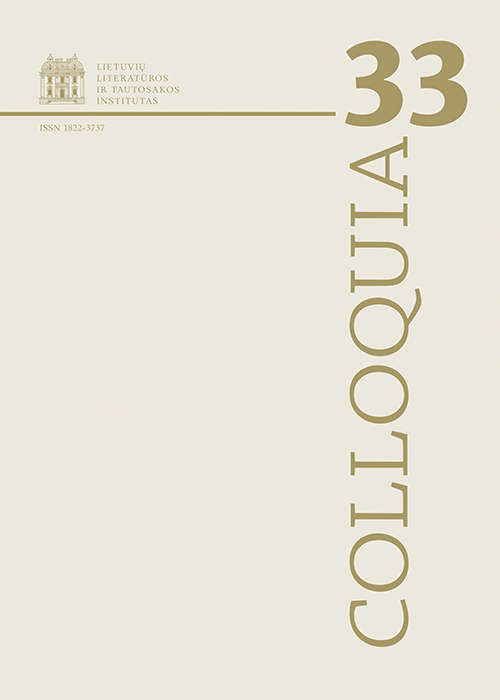Klasikos samprata literatūroje, kine ir ekranizacijose
Santrauka
Straipsnyje aptariami klasikos sampratos skirtumai literatūroje ir kine bei šių skirtumų pasekmės klasikinių kūrinių ekranizacijų funkcionavimui kultūroje. Pagrindinis dėmesys skiriamas, pirma, klasikos kaip įvairių tipų bendruomenių konsolidavimo mechanizmui, kuris veikia kanono pripažinimo ir suvokimo standartų lygmenyse. Čia svarbus ne tik kanoninių tekstų korpuso formavimas, bet ir kultūrinių įgūdžių, tarnaujančių kaip savotiškas tinklelis skaitant ir suvokiant „klasikinį“ tekstą, palaikymas. Šis kultūrinis įgūdis – tai „skaitymo protokolai“, nulemiantys teksto interpretaciją kaip klasikinio. Antra, aptariami klasikos ir „klasikiškumo“ funkcionavimo literatūroje ir kine skirtumai, kuomet kinematografinė inovacija gali ne tik nepalaikyti kanoninio literatūros kūrinio statuso, bet ir pažeisti jį, o kartu – jo pagrindu formuojamą bendrumą. Šiuo atveju svarbiausia, kad normatyvumo formos, kuriamos literatūroje ir kine bei palaikančios kultūros hierarchijas, statusus ir reputacijas visame kultūros lauke, nėra simetriškos.
